Welcome to Safecourt Kitchen, where we believe the secret to culinary masterpieces lies in the details - and that starts with choosing the right kitchen appliance. Today, we dive into the dynamic world of hand mixers and stick mixers, two essential kitchen tools that may seem similar at first glance but actually each have their unique qualities and uses.
In this blog, we will delve deeper into what hand mixers and stick mixers are, their individual advantages, and how they differ in functionality and use. Whether you are a beginner cook or a seasoned culinary artist, understanding the nuances between these two appliances can help you make better-informed choices for your kitchen. We will guide you through the various scenarios in which each of these mixers excels, so you can confidently choose which device best suits your culinary adventures. Let's embark on this exciting journey together and discover how these appliances can transform your cooking experience!
Handmixers
What is a Hand Mixer? A hand mixer is a compact and versatile kitchen appliance designed to help you with a variety of mixing tasks. This lightweight and handy device comes with interchangeable beaters or whisks and is powered by an electric motor. The basic functionality of a hand mixer is mixing, beating, and sometimes even kneading ingredients, making it an indispensable tool in every home cook's kitchen.
Common Uses and Benefits
Hand mixers are used for a range of culinary tasks. Some of the most common applications are:
- Mixing Batter: Whether you're making cake, pancakes, or waffles, the hand mixer ensures a smooth and lump-free batter.
- Whipping Cream or Egg Whites: Creating perfectly whipped cream or stiff peaks of egg whites is effortless with a hand mixer.
- Mixing Soft Doughs: For soft doughs like cookies or muffins, a hand mixer provides the right consistency without overworking the dough.
The benefits of using a hand mixer are numerous:
- Convenience: Easy to use and clean, it is a time-saving device for quick and efficient preparations.
- Control: With variable speed settings, the hand mixer offers full control over the mixing process.
- Versatility: Suitable for a wide range of recipes and ingredients.
- Space-saving: Due to its compact size, the hand mixer is ideal for smaller kitchens or for storage in limited spaces.
- Affordability: Compared to larger kitchen appliances, a hand mixer offers an affordable option without compromising performance.
Immersion Blenders
What is an Immersion Blender? An immersion blender, also known as a immersion blender, is a sleek and efficient kitchen appliance designed for blending and pureeing ingredients directly in the bowl or pan. This blender consists of a long, narrow shaft with a blade at the end and is powered by an electric motor in the handle. The primary functions of an immersion blender are pureeing, emulsifying, and blending ingredients, making it an ideal tool for preparing soups, sauces, and more.
Common Uses and Benefits
Immersion blenders are versatile in the kitchen, with several common uses such as:
- Pureeing Soups: Perfect for smoothing soups directly in the pan, providing convenience and less washing up.
- Making Sauces and Dressings: With an immersion blender, you can easily emulsify ingredients to create flavorful dressings and sauces.
- Blending Smoothies and Shakes: Immersion blenders are excellent for quickly blending smoothies and shakes directly in the glass or cup.
The unique benefits of an immersion blender include:
- Direct Blending: The ability to blend directly in the pan or bowl saves time and makes cleaning easier.
- Precision and Control: The slim design of the hand blender offers more precision and control, especially when processing small quantities.
- Easy Storage: Due to its compact size, the hand blender is easy to store, ideal for kitchens with limited space.
- Versatility: Suitable for a variety of preparations, from baby food to soups.
- Energy Efficiency: Hand blenders generally use less energy than larger blenders or food processors.
At Safecourt Kitchen, we see the hand blender as an essential addition to any kitchen, especially for soup and smoothie lovers. It is an indispensable tool that brings efficiency and convenience to daily meal preparation.
Detailed Comparison: Hand Mixer vs. Hand Blender
When choosing between a hand mixer and a hand blender, it is important to compare their functionalities, versatility, ease of use, storage, maintenance, and price. Below is a detailed comparison to help you make the best choice for your kitchen.
| Feature | Hand Mixer | Hand Blender |
|---|---|---|
| Functionality | Excellent for mixing batter, whipping cream, and blending soft doughs. | Ideal for pureeing soups, making sauces and dressings, and mixing drinks. |
| Versatility | Highly suitable for baking-related tasks and light mixing jobs. | Suitable for a wide range of cooking tasks, especially those involving liquids. |
| Convenience and User-Friendliness | Easy to operate with variable speed settings for precise control. | Handy and easy to maneuver; ideal for direct use in pots and pans. |
| Storage and Maintenance | Compact and easy to store; most parts are dishwasher safe. | Very compact and easy to store; easy to clean with fewer loose parts. |
| Price difference | Prices vary, but generally affordable; higher price for models with more features. | Generally affordable; professional models can be more expensive but offer extra power and durability. |
At their core, both hand mixers and immersion blenders are designed to make cooking easier and more efficient, but they each serve a different purpose. A hand mixer is ideal for traditional baking tasks and preparing dough, while an immersion blender excels at quickly and efficiently pureeing and mixing liquids. Your choice depends on what you prepare most in the kitchen and which features are most important for your cooking style.

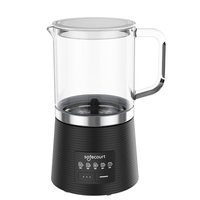
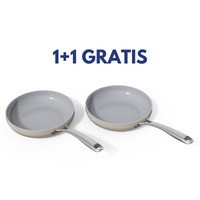
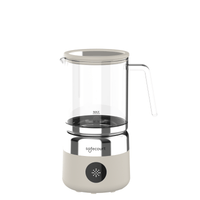
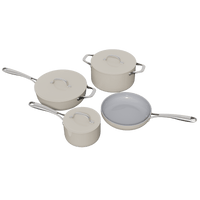
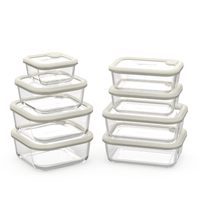
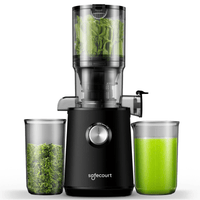
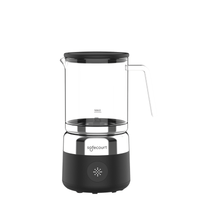
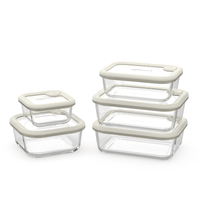

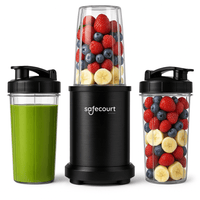
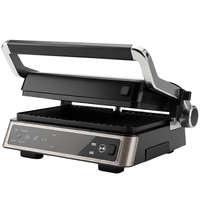
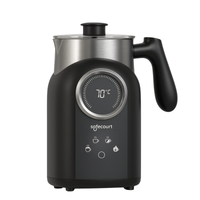
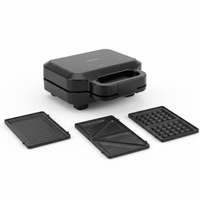
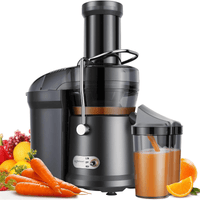
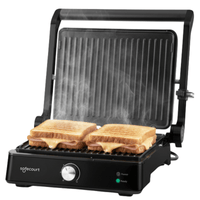
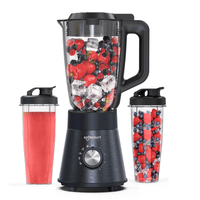
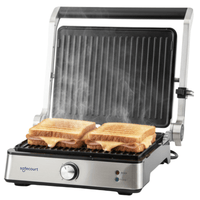
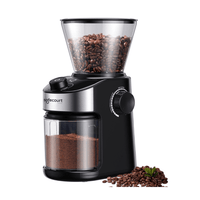
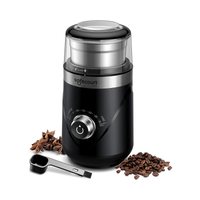
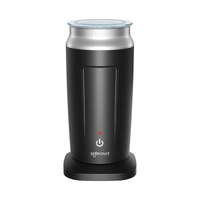

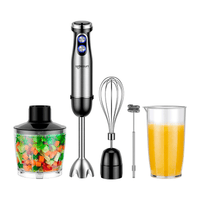


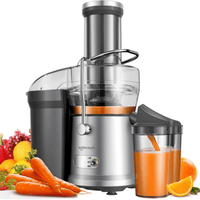
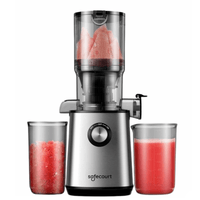
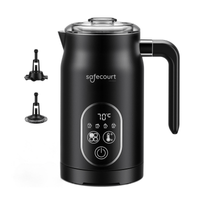
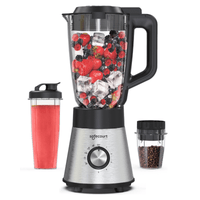
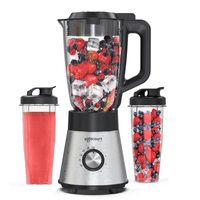
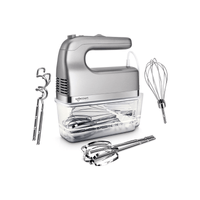
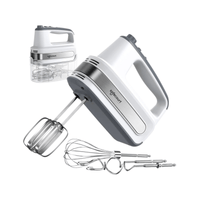
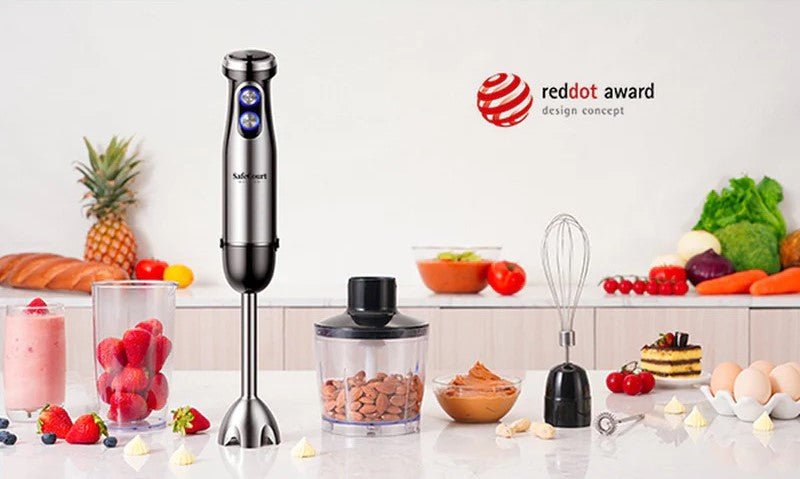
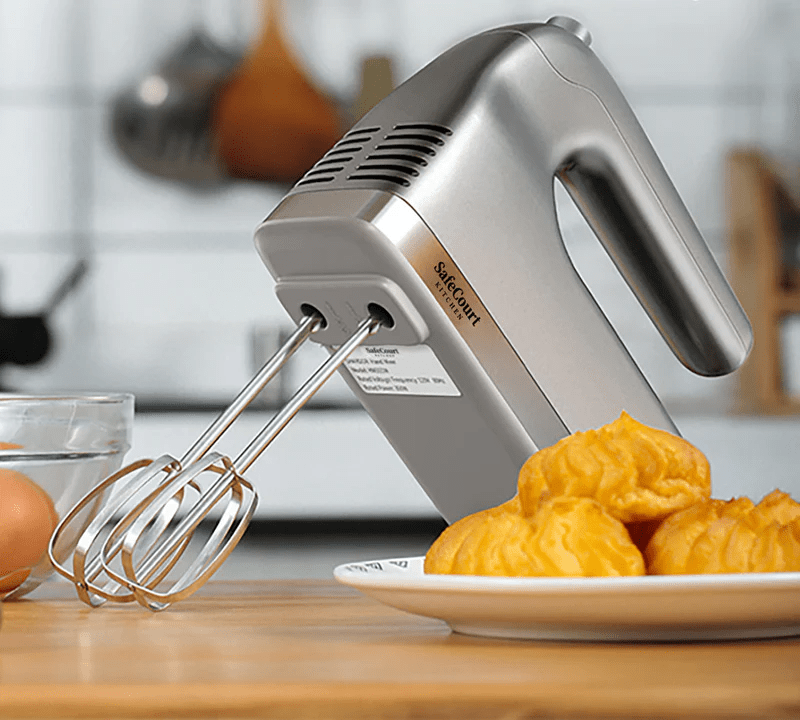
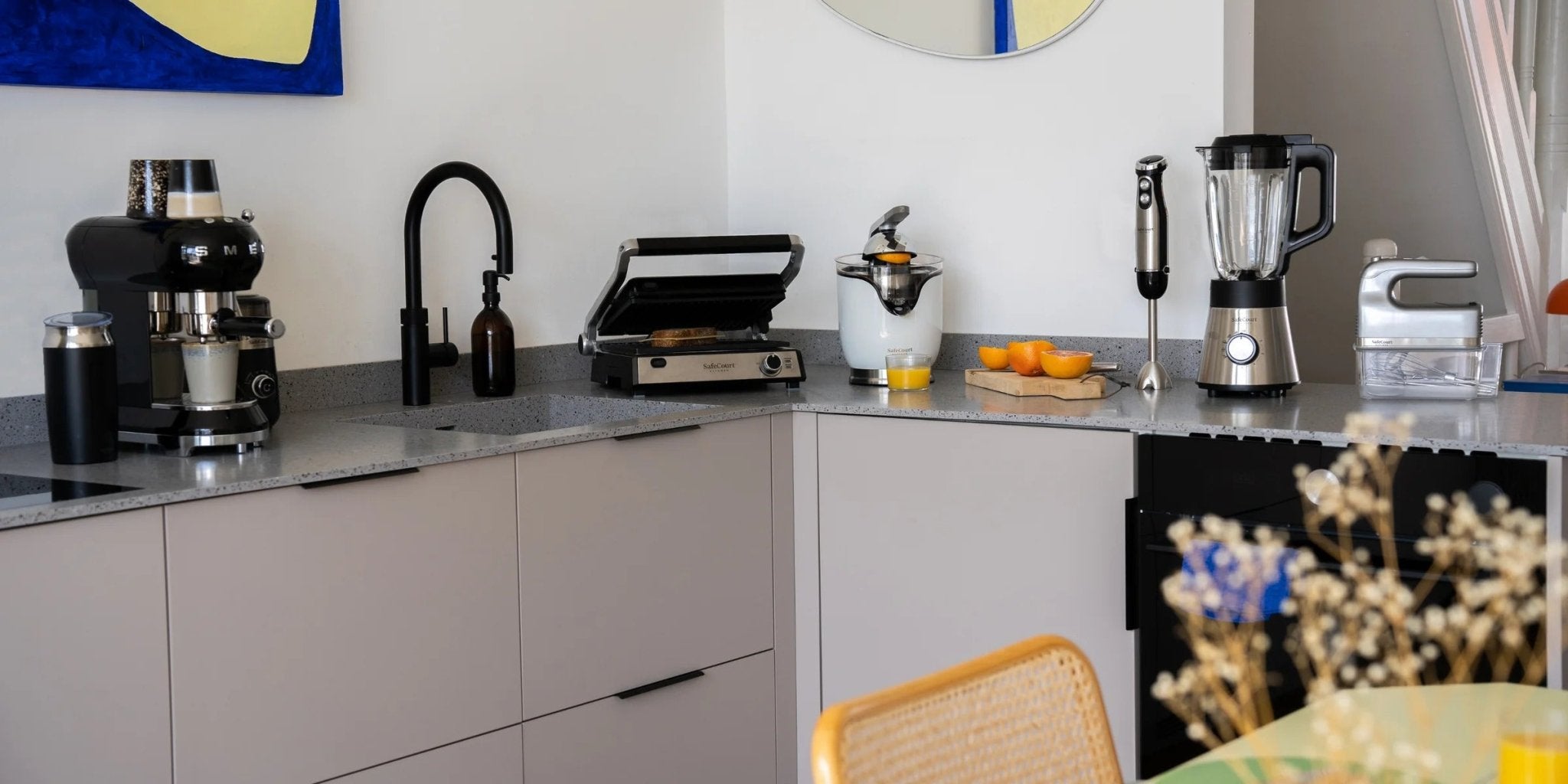
Leave a comment
This site is protected by hCaptcha and the hCaptcha Privacy Policy and Terms of Service apply.